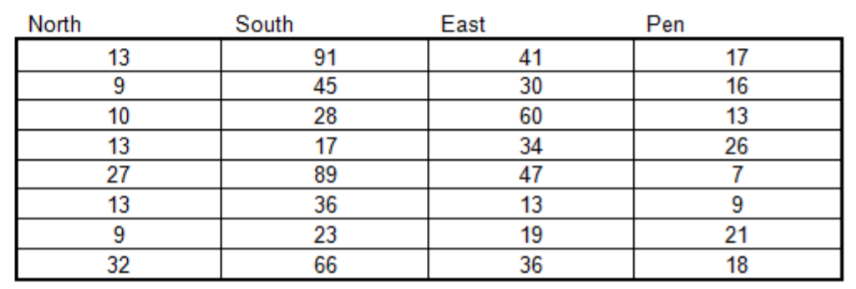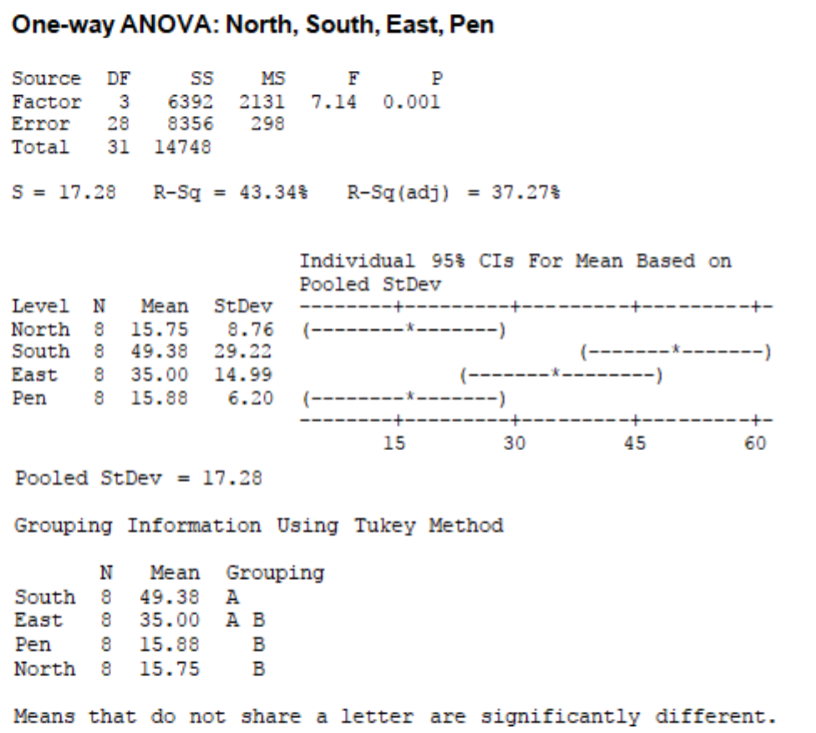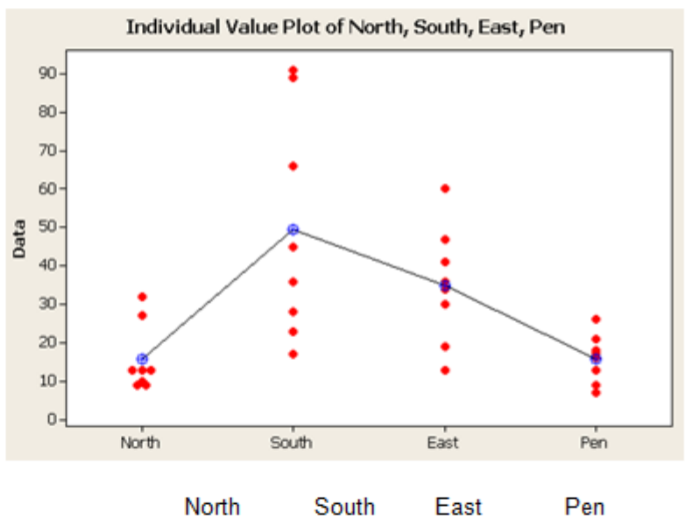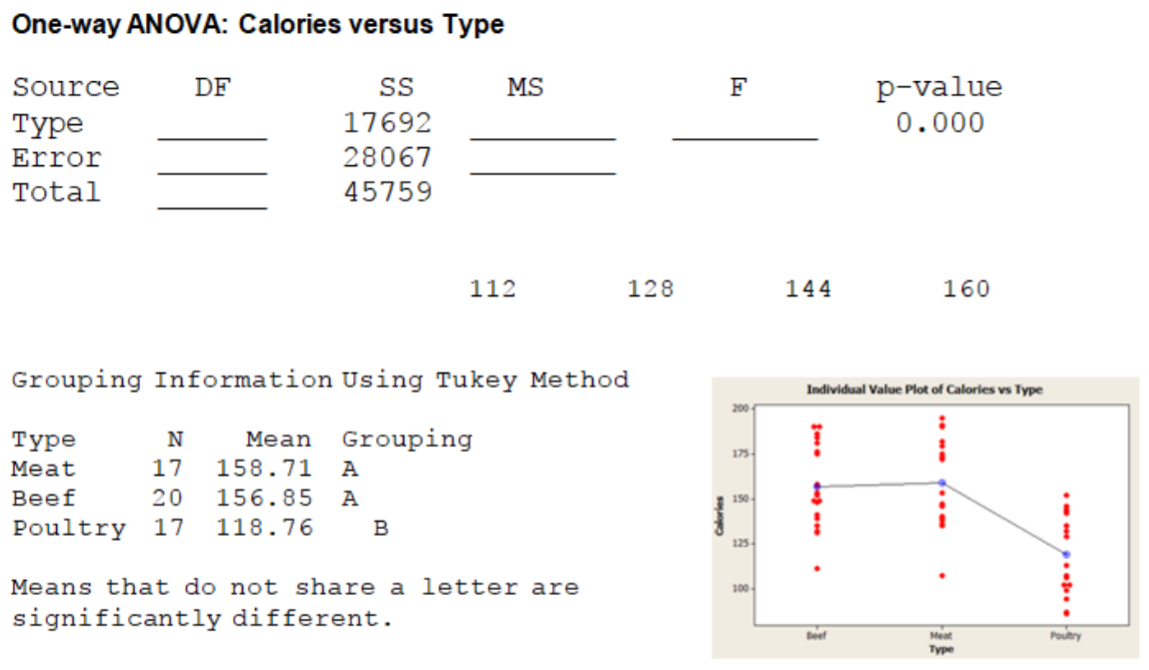15.2.12: Chapter 13 Homework
- Page ID
- 28315
\( \newcommand{\vecs}[1]{\overset { \scriptstyle \rightharpoonup} {\mathbf{#1}} } \) \( \newcommand{\vecd}[1]{\overset{-\!-\!\rightharpoonup}{\vphantom{a}\smash {#1}}} \)\(\newcommand{\id}{\mathrm{id}}\) \( \newcommand{\Span}{\mathrm{span}}\) \( \newcommand{\kernel}{\mathrm{null}\,}\) \( \newcommand{\range}{\mathrm{range}\,}\) \( \newcommand{\RealPart}{\mathrm{Re}}\) \( \newcommand{\ImaginaryPart}{\mathrm{Im}}\) \( \newcommand{\Argument}{\mathrm{Arg}}\) \( \newcommand{\norm}[1]{\| #1 \|}\) \( \newcommand{\inner}[2]{\langle #1, #2 \rangle}\) \( \newcommand{\Span}{\mathrm{span}}\) \(\newcommand{\id}{\mathrm{id}}\) \( \newcommand{\Span}{\mathrm{span}}\) \( \newcommand{\kernel}{\mathrm{null}\,}\) \( \newcommand{\range}{\mathrm{range}\,}\) \( \newcommand{\RealPart}{\mathrm{Re}}\) \( \newcommand{\ImaginaryPart}{\mathrm{Im}}\) \( \newcommand{\Argument}{\mathrm{Arg}}\) \( \newcommand{\norm}[1]{\| #1 \|}\) \( \newcommand{\inner}[2]{\langle #1, #2 \rangle}\) \( \newcommand{\Span}{\mathrm{span}}\)\(\newcommand{\AA}{\unicode[.8,0]{x212B}}\)
- A clinical psychologist completed a study on hyperactivity in children using one‐way ANOVA. The model was balanced with 5 replicates per treatment. The factor was 3 types of school district (urban, rural and suburban). Unfortunately, hackers broke into the psychologist’s computer and wiped out all the data. All that remained was a fragment of the ANOVA table:
| Source of Variation | Sum of Squares | Degrees of Freedom | Mean Square | \(F\) statistic | Critical Value of \(F\) for \(\alpha = .05\) | Decision |
|---|---|---|---|---|---|---|
| Factor | 7000 | |||||
| Error | ||||||
| Error | 9000 |
Fill in the table and conduct the hypothesis test that compares mean level of hyperactivity in the 3 types of districts. Explain your results.
- A sociologist was interested in the commute time for workers in the Bay Area. She categorized commuters by 4 regions (North Bay, South Bay, East Bay and Peninsula) and designed a balanced model with 8 replicates per region. Data is round trip commute time in minutes . The results and ANOVA output are shown below:
- Test the Null Hypothesis that all regions have the same mean commute time at a significance level of 5%. State your decision in non‐statistical language.
- Conduct all pairwise comparisons at an overall significance level of 5%.
- One of the underlying assumptions of One Factor ANOVA is that all groups variances are equal. Review the data and decide whether you think this assumption may be being violated.
- Explain the results of this experiment as if you were addressing a transportation committee. What would you recommend?
MINITAB results for question 2.



- People who are concerned about their health may prefer hot dogs that are low in salt and calories. The data contains data on the calories and sodium contained in each of 54 major hot dog brands. The hot dogs are classified by type: beef, poultry, and meat (mostly pork and beef, but up to 15% poultry meat). Minitab output is attached for two different hypothesis tests. A test for a difference in calories due to hot dog type will be performed.
- Design the test.
- Fill in the missing information in the ANOVA table on the next page.
- Conduct the test with an overall confidence level of 5%, including pairwise comparisons.

(Questions 4‐8) Does mindfulness reduce anxiety for students who are taking Mathematics courses? Several designs for studies are show. For each design, answer the following:
- State the Null and Alternative Hypotheses in words
- State the Null and Alternative Hypotheses in population parameters
- Choose the appropriate model from among these five:
- One population test of proportion
- Matched pairs t‐test
- Independent Samples (Pooled Variance or Unequal Variance) \(t\)‐test
- Chi‐square test of independence
- One factor ANOVA
- The anxiety level of 117 Math students will be measured. After one month of mindfulness within the course, the anxiety level of these students will be measured again.
- Do most students (more than 50%) want to see mindfulness taught in a math course? 324 math students will be asked if they would like to see a 20 minute weekly mindfulness unit in the class.
- 400 students will participate in a study where they will be classified into 3 categories: low math anxiety, moderate math anxiety and high math anxiety. They will then be asked if they would like to add a 20 minute per week mindfulness unit in the math class to determine if the level of anxiety and opinion about mindfulness in the class are dependent events.
- An instructor with two sections of the same course will offer 20 minutes of mindfulness per week in one class. The other class will be taught without the 20 minutes of mindfulness. After the course is completed, the students in both sections will have their anxiety level measured. A test will be run to see if the mean anxiety score is lower for the class with mindfulness.
- An instructor with three sections of the same course will offer 20 minutes of mindfulness per week in the first class. The second class will have 10 minutes of mindfulness per week. The third class will be taught without mindfulness. After the course is completed, the students in all three sections will have their anxiety levels measured. A test will be run to see if there is a difference mean anxiety score due to the section the students were in.


